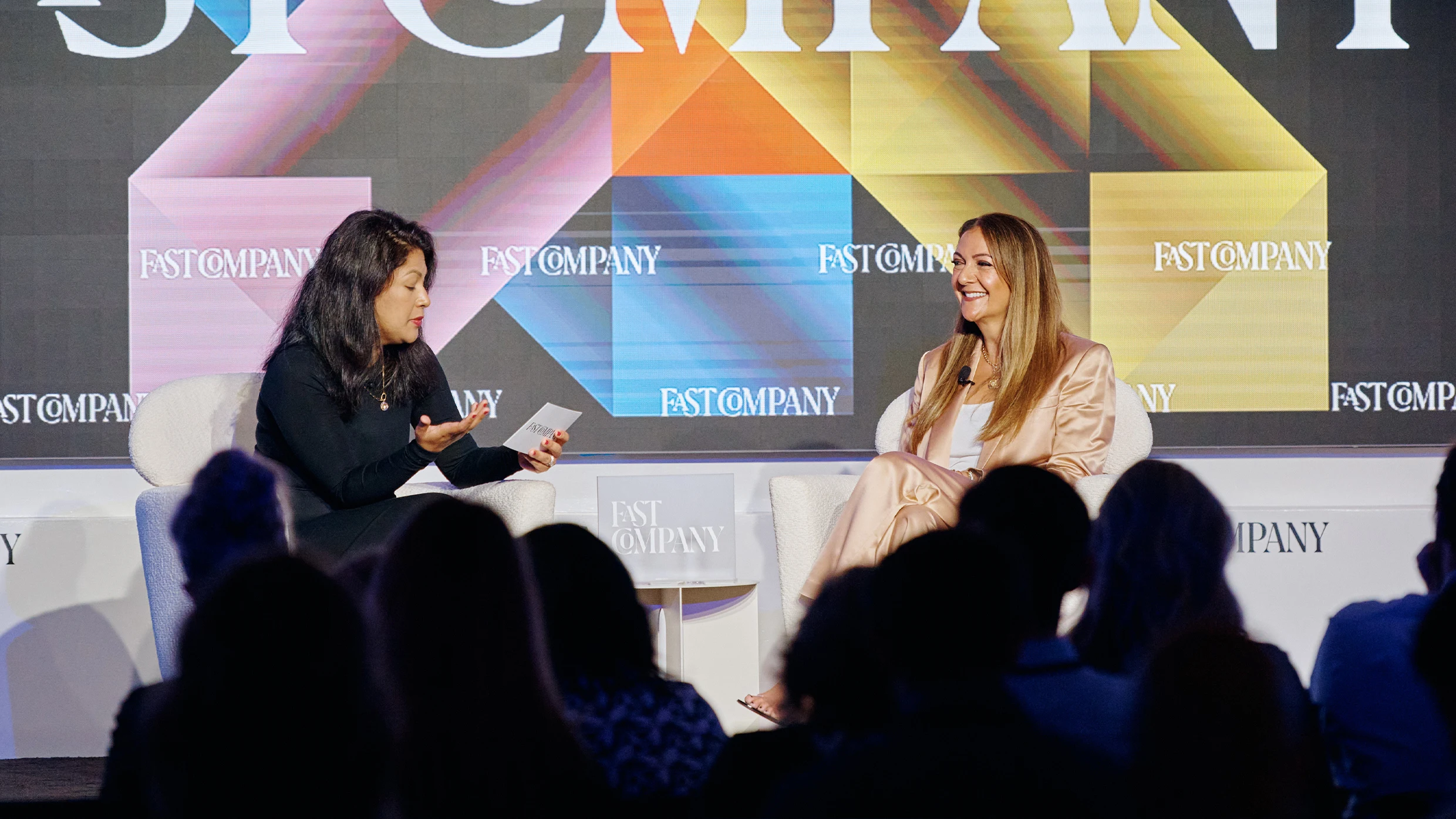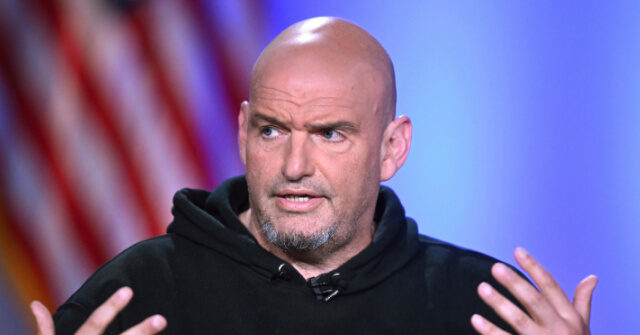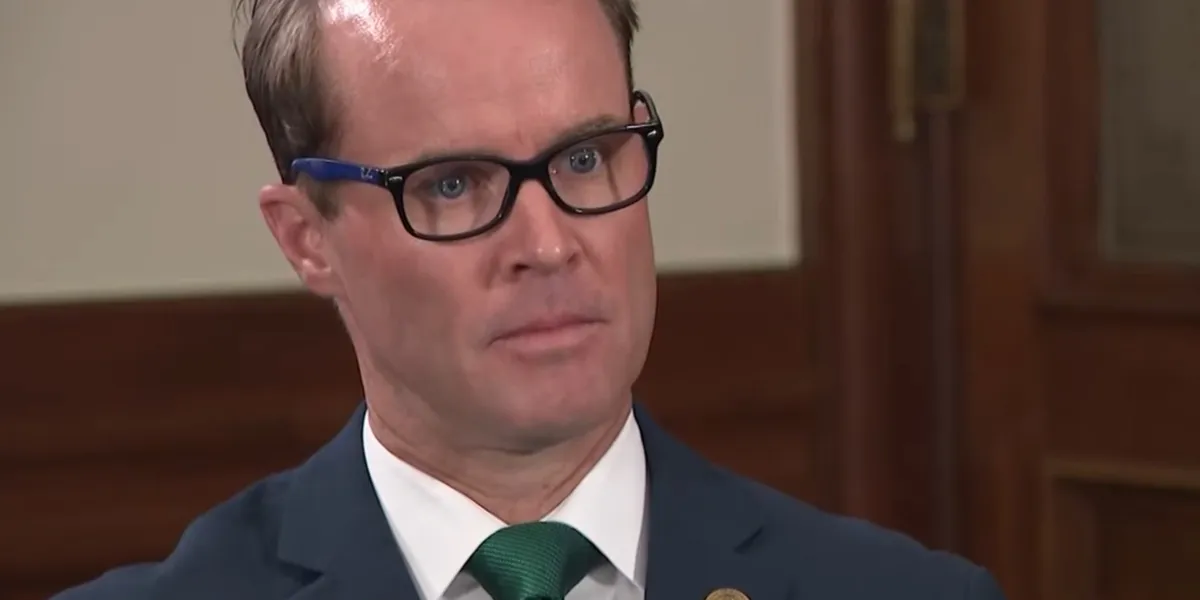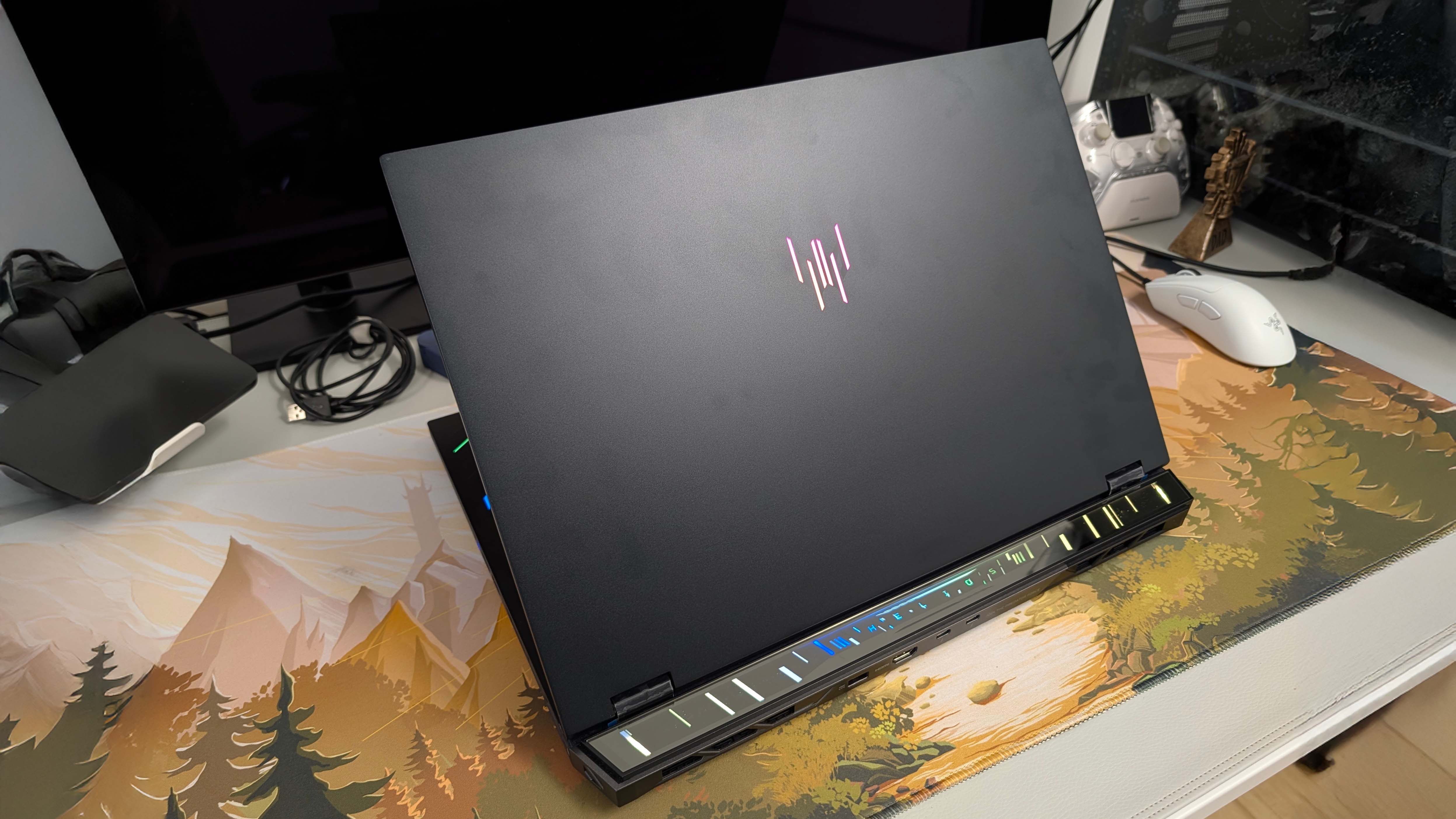
In early September, when beauty retailer Sephora launched sales of Rhode, a line of skincare products from Haley Bieber, customers were more than ready for the drop. “[It] was the most successful launch in our history,” Artemis Patrick, president and CEO of Sephora North America, told the audience at the 2025 Fast Company Innovation Festival in New York. During the opening weekend of sales, Patrick revealed, Sephora sold 192 Rhode products per minute. When she said this, there were audible gasps from the crowd.
As a metric of success, the number is impressive. But it’s also representative of a broader strategy that Sephora has fully embraced in recent years. Under Patrick’s leadership, the company has engaged in a wide and diverse range of partnerships that are fueling sales and cementing its status as one of the most lucrative beauty retailers in the world. Since taking on the CEO role in April 2024, Patrick has been steadily expanding what it looks like to collaborate—with the brands that it sells in its stores, with outside organizations, with musicians, and with a growing network of content creators and influencers.
Patrick discussed with Fast Company senior staff writer Elizabeth Segran the different ways Sephora is broadening its reach and appeal. There’s its founding partnership with the WNBA’s Golden State Valkyries, becoming official beauty partner for the new women’s three-on-three basketball league Unrivaled, its partnership with the Athletes Unlimited Softball League, its 80-musician collective Sephora Sounds, its handpicked group of beauty influencers known as the Sephora Squad, and its many, many partnerships with small and emerging brands in the beauty space.
On top of all that, Patrick announced at the festival that Sephora would be expanding its partnerships even further with the October launch of My Sephora Storefront, a platform where content creators and influencers can create their own shoppable storefront on Sephora’s website.
Subscribe to the Design newsletter.The latest innovations in design brought to you every weekday
Privacy Policy
|
Fast Company Newsletters
Patrick says the idea grew out of an overwhelming demand the company was seeing from content creators big and small to link up with the brand. “This last year we put the applications out for Sephora Squad and we got 14,000 applications. And we thought, Okay, this is a problem that we’re not able to really leverage these amazing content creators,” she says. So My Sephora Storefront was born.
These unconventional brand partnerships and expressions have even gone into the realm of experience. The cover story for Fast Company’s winter issue, which was all about how Sephora is conquering the beauty industry, started out with a scene in Atlanta at Sephora’s annual in-person festival. More than 8,000 tickets were sold, and despite there being a hurricane during the event, fans still showed up.
Owned by the French luxury conglomerate LVMH, Sephora has 3,000 stores in 34 countries. LVMH’s selective retailing business unit, of which Sephora is a part, had more than $19 billion in revenue in 2023. Patrick attributes this success to being truly connected with the many brands that are sold in its stores, including ones that Sephora helped bring to the national stage. “I’ve been at Sephora for almost 20 years, and many of the merchants that I worked with then are still there today,” she says.
Being so closely connected with the brands it sells has allowed the company to let each brand shine while also learning about gaps in its own offerings. Patrick says that’s led to a bigger diversity of what gets sold in stores, from lines centered on underrepresented skin tones to products for people struggling with skin conditions.
“We do feel like we have this personal responsibility to the brands to tell their stories,” Patrick says. “The ones that are coming to us that we really love are ones who believe passionately and deeply that the world needs their product. And we want to make sure we help them.”
This focus on building up brands and branching out through unconventional partnerships is all in service of expanding how Sephora connects with people. “It’s so much more than just a place to buy makeup,” Patrick says. “We do believe that it’s a place that people can come and be themselves, and express themselves, and not fit in but truly belong.”



